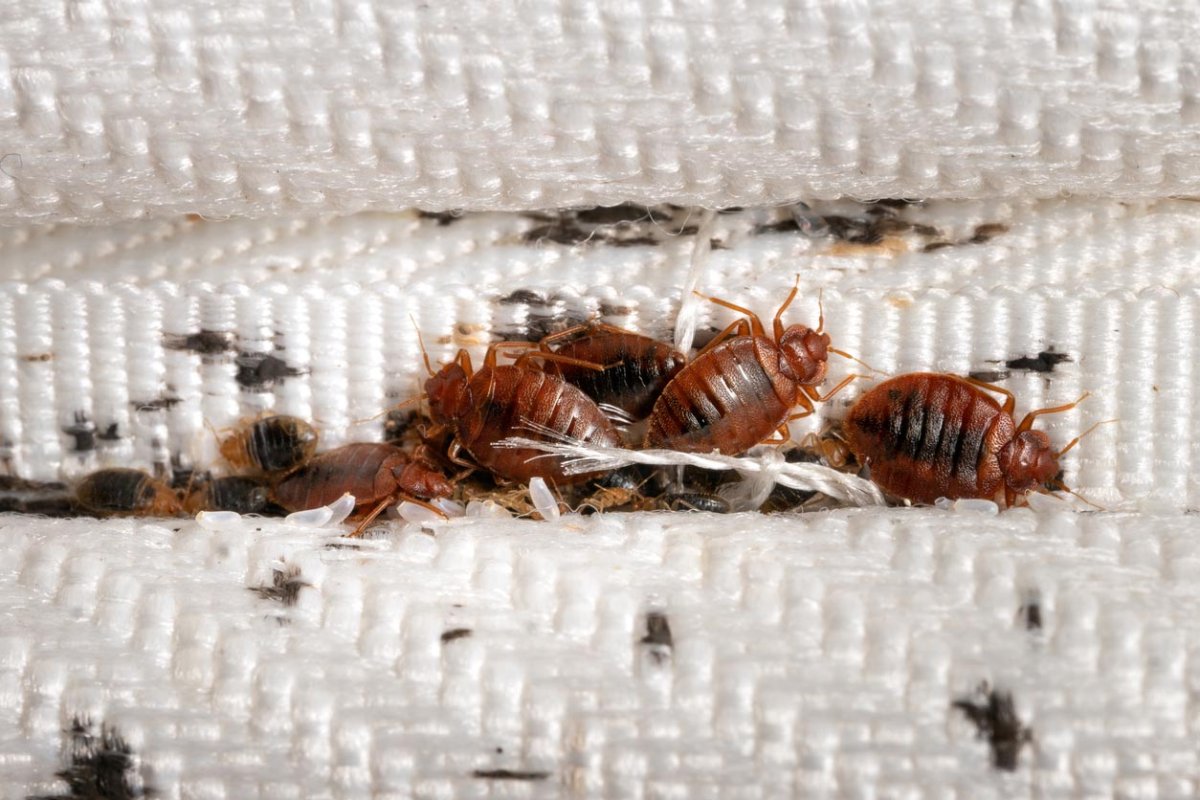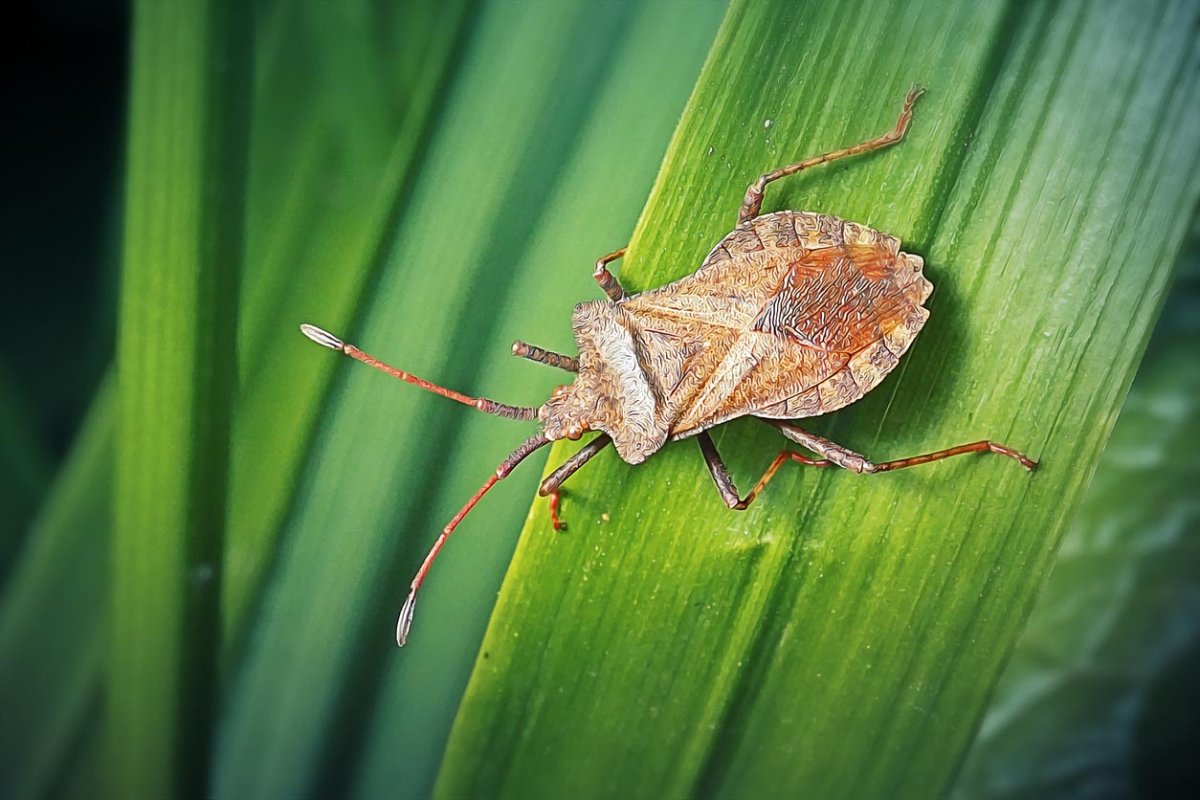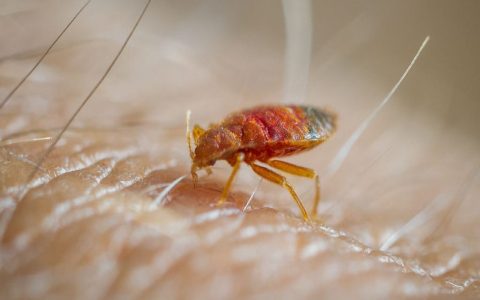Common Culprits of Brown Wall Stains
Brown stains discovered on walls can be unsettling and are often indicative of an insect presence. Identifying the source is crucial for effective remediation.
Bed Bugs (Cimex lectularius)
Bed bugs are notorious for leaving tell-tale signs. The brown stains they cause are primarily their fecal spots. These spots often appear as small, dark brown or black dots or streaks, particularly near sleeping areas, along baseboards, and behind wall hangings. The digested blood in their feces is what gives the stains their characteristic color. You may find these stains in clusters.

Cockroaches (Various species, e.g., German Cockroach, American Cockroach)
Cockroaches also leave behind brown fecal droppings that can stain walls. Depending on the species and the moisture content of their feces, these can range from small, dark, pepper-like specks (smaller species like German cockroaches) to larger, cylindrical pellets (larger species). Smear marks, which are dark and irregularly shaped, can also be left by cockroaches, especially in areas with high moisture or where they drag their bodies through their own secretions or wet feces. These are often found in kitchens, bathrooms, and utility areas.
Flies (Various species, e.g., House Fly)
Flies, particularly house flies, can leave numerous small, round, brown or black spots known as "fly specks" on walls, ceilings, and light fixtures. These spots are regurgitated food or fecal matter. They are often found in areas where flies rest, such as near windows or lights.
Spiders (Various species)

While not as commonly associated with widespread brown wall staining as the previously mentioned insects, spider droppings can also appear as small, dark, paint-like drips or spots on walls, especially below webs. These droppings are typically liquid and can vary in color from dark brown to black. Crushed spiders can also leave brownish stains.
Identification and Action:
- Observe the shape, size, and location of the stains.
- Look for other signs of infestation, such as live insects, shed skins (exuviae), or egg casings.
- The pattern and distribution of stains can offer clues to the type of insect and the extent of the infestation.
Accurate identification is key to selecting the appropriate control measures. If an infestation is suspected, consulting with a pest control professional is often recommended for effective and safe treatment.










